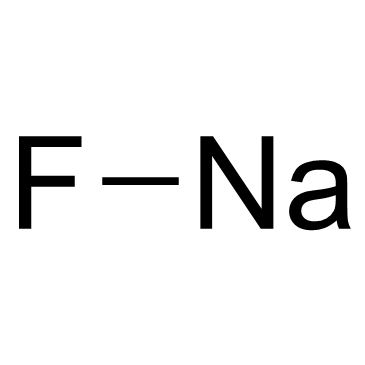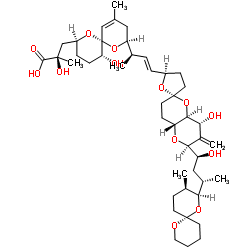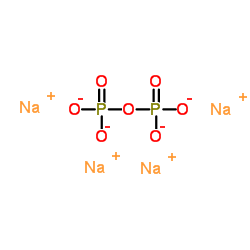| Structure | Name/CAS No. | Articles |
|---|---|---|
 |
Sodium Fluoride
CAS:7681-49-4 |
|
 |
sodium dodecyl sulfate
CAS:151-21-3 |
|
 |
Rapamycin (Sirolimus)
CAS:53123-88-9 |
|
 |
Okadaic acid
CAS:78111-17-8 |
|
 |
dimercaprol
CAS:59-52-9 |
|
 |
Tetrasodium pyrophosphate
CAS:7722-88-5 |